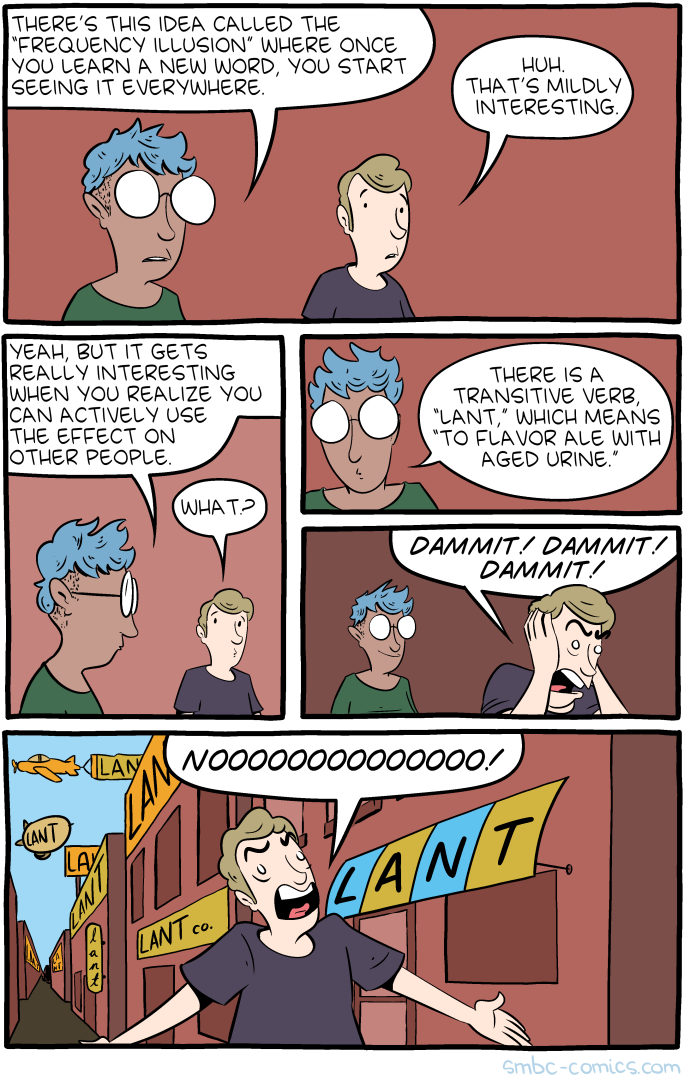The Great Barrier Reef Foundation is a philanthropic organisation that, according to its own reporting, had $8 million in revenue in 2017, $9 million in revenue in 2016, and $58 million in revenue in the decade to 2017.
The foundation’s website lists its corporate partners as BHP, Google, and Rio Tinto, as well as Boeing and Qantas, which have current executives on the board.
Chairman John Schubert is a former managing director of Esso, while the chairman’s panel includes the heads of BHP, Shell, Peabody Energy, Orica, CBA, NAB, ANZ, AGL and the Business Council of Australia.
The foundation has six full time staff and four part time staff. They also support research by a couple of dozen researchers at CSIRO, JCU, and elsewhere. Their research focus includes larval reseeding of endangered reefs, and restoring damaged reef islands such as Lady Elliott Island.
—-
A week before the federal budget, the government announced it would give $444 million to the foundation to “tackle crown-of-thorns starfish, reduce pollution into the reef and mitigate the impacts of climate change”.
But questions arose on Monday about whether the non-profit group, which lists only six full-time and four part-time employees with the charity regulator, would be capable of administering a grant worth more than 45 times its annual budget.
During Senate estimates hearings, Environment Department bureaucrats revealed there was no competitive tender process to determine who would be best placed to receive the record funds.
Instead, the foundation, which has described the windfall as like “winning the lotto”, was chosen by the government without being asked if they wanted the money or how they would spend it.
—-
For me, there are three extraordinary aspects of this decision:
1/ This $444 million is the great bulk of a $500 million package, with the remainder going to the Marine Park Authority. The Marine Park Authority does this shit 24/7: they have over two hundred qualified staff. There are other charitable organisations that could have been supported, rather than putting all their eggs in one basket.
2/ The entire amount is to be given in a single payment. This means there can be no progress or performance component: basically just click send and hope for the best. I’ve never heard of anything like this for a 9 digit sum.
3/ There was no tender process. This huge amount of cash was allocated by direct award.
4/ There is no transparency. The government is not providing requested information on the decision making process: how was this particular charity selected? How did they work out that they should get 90% of the funds?
I’m not impugning the GBRF: it’s a genuine charity and it has funded interesting research. I just don’t see that anyone, of any political stripe, can argue that this opaque non-competitive process is acceptable.
